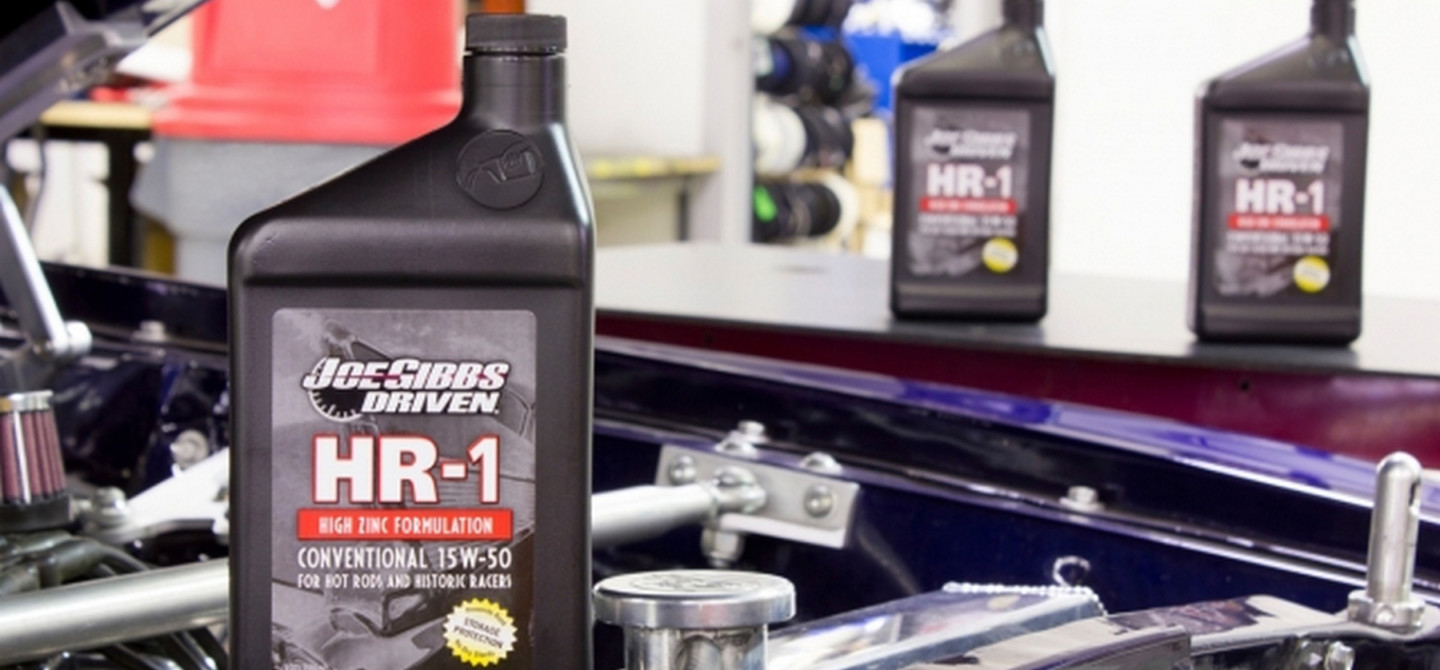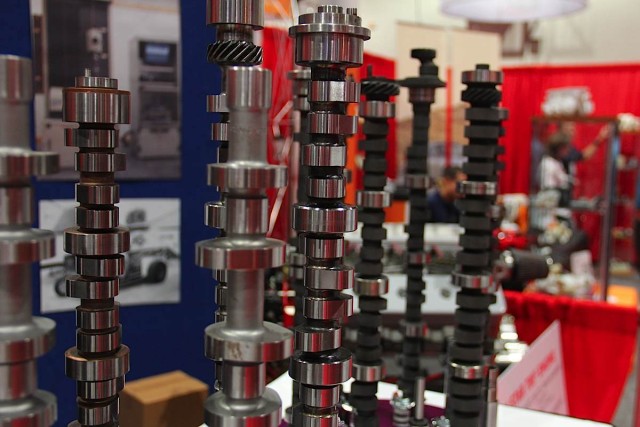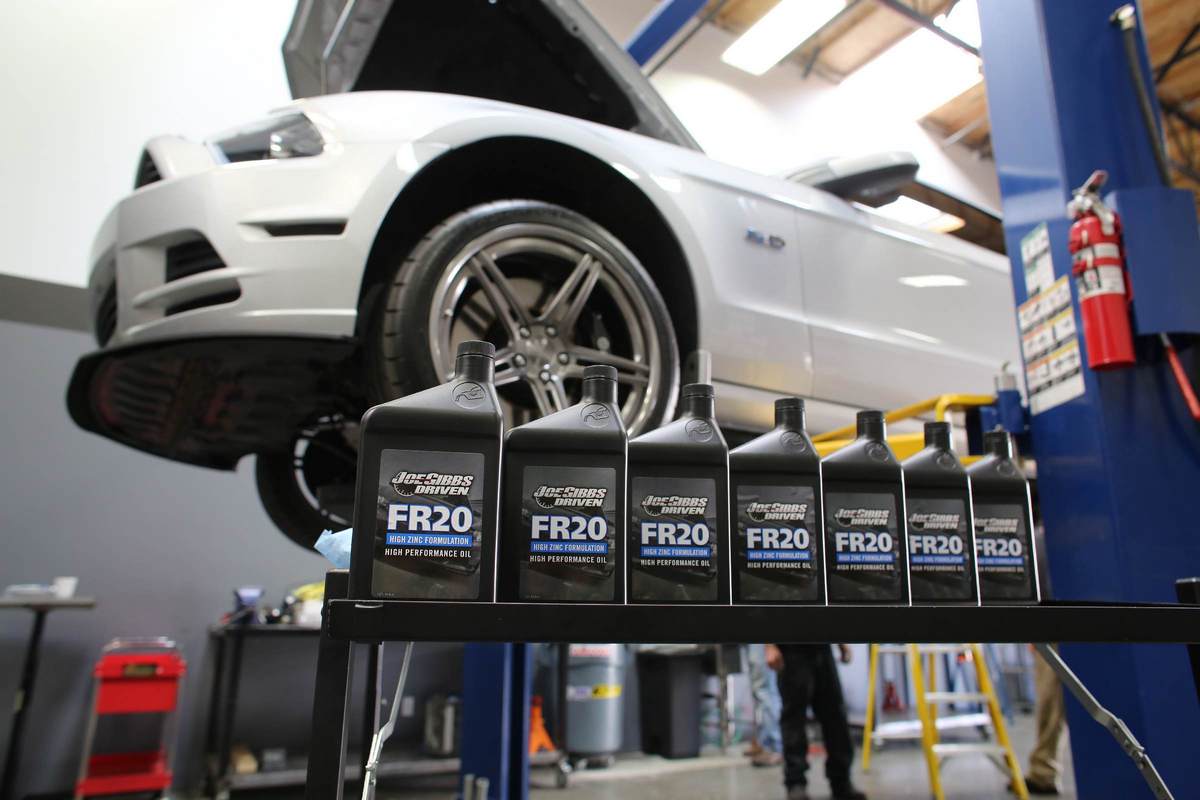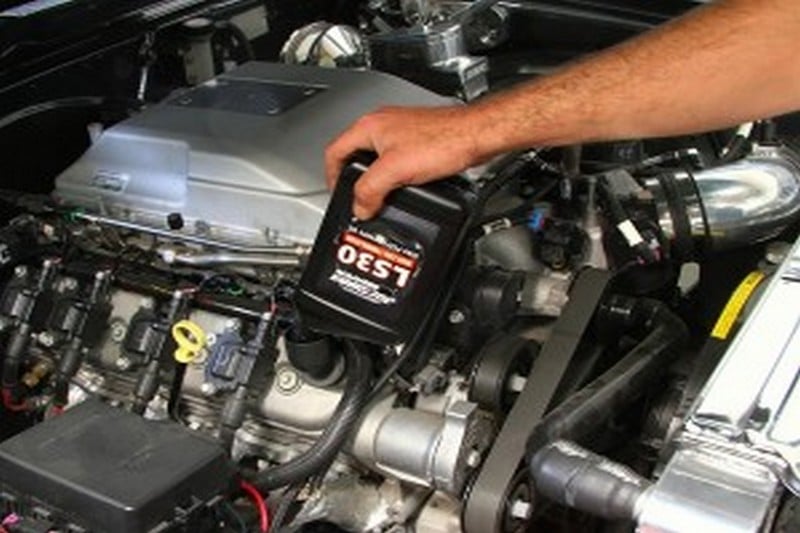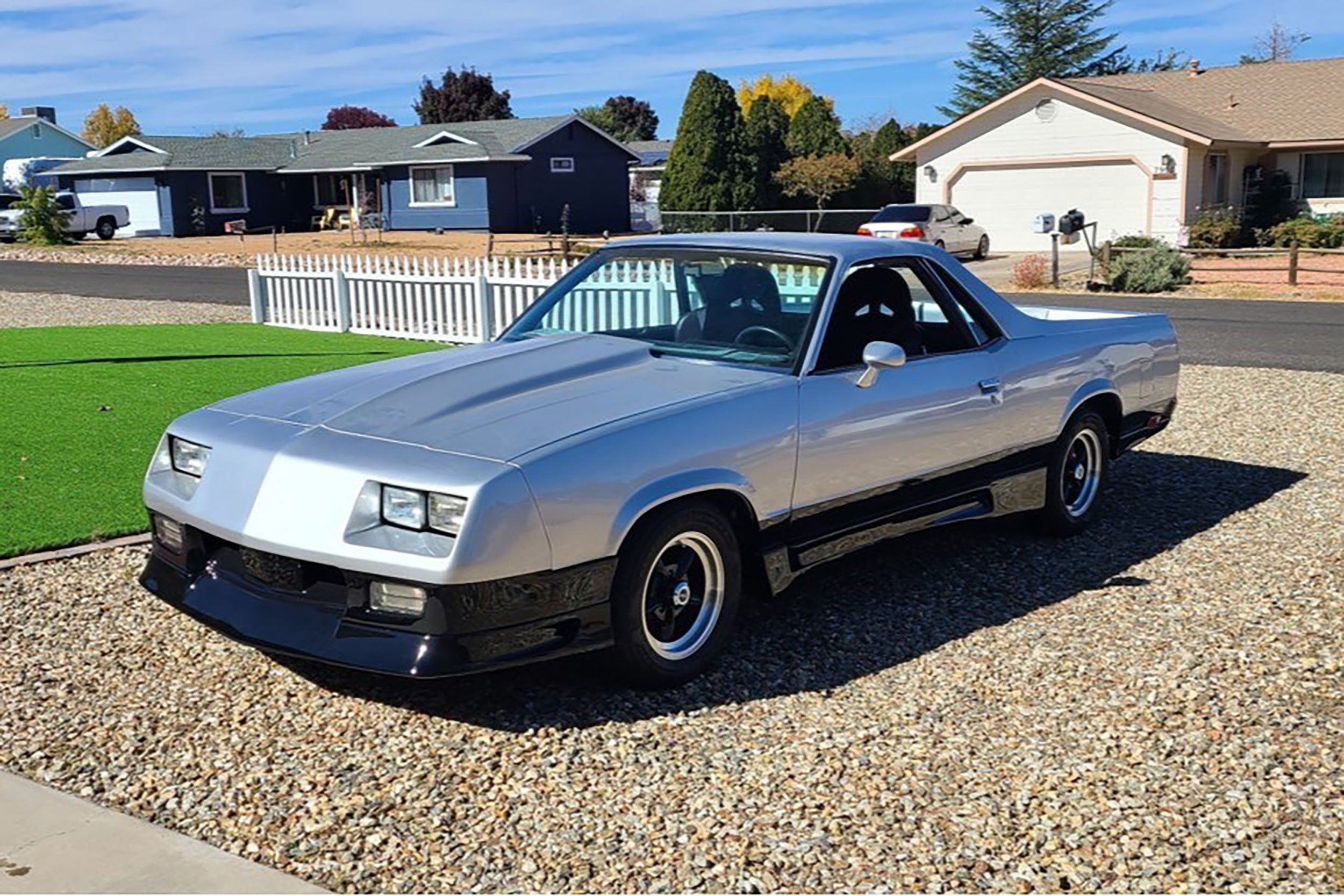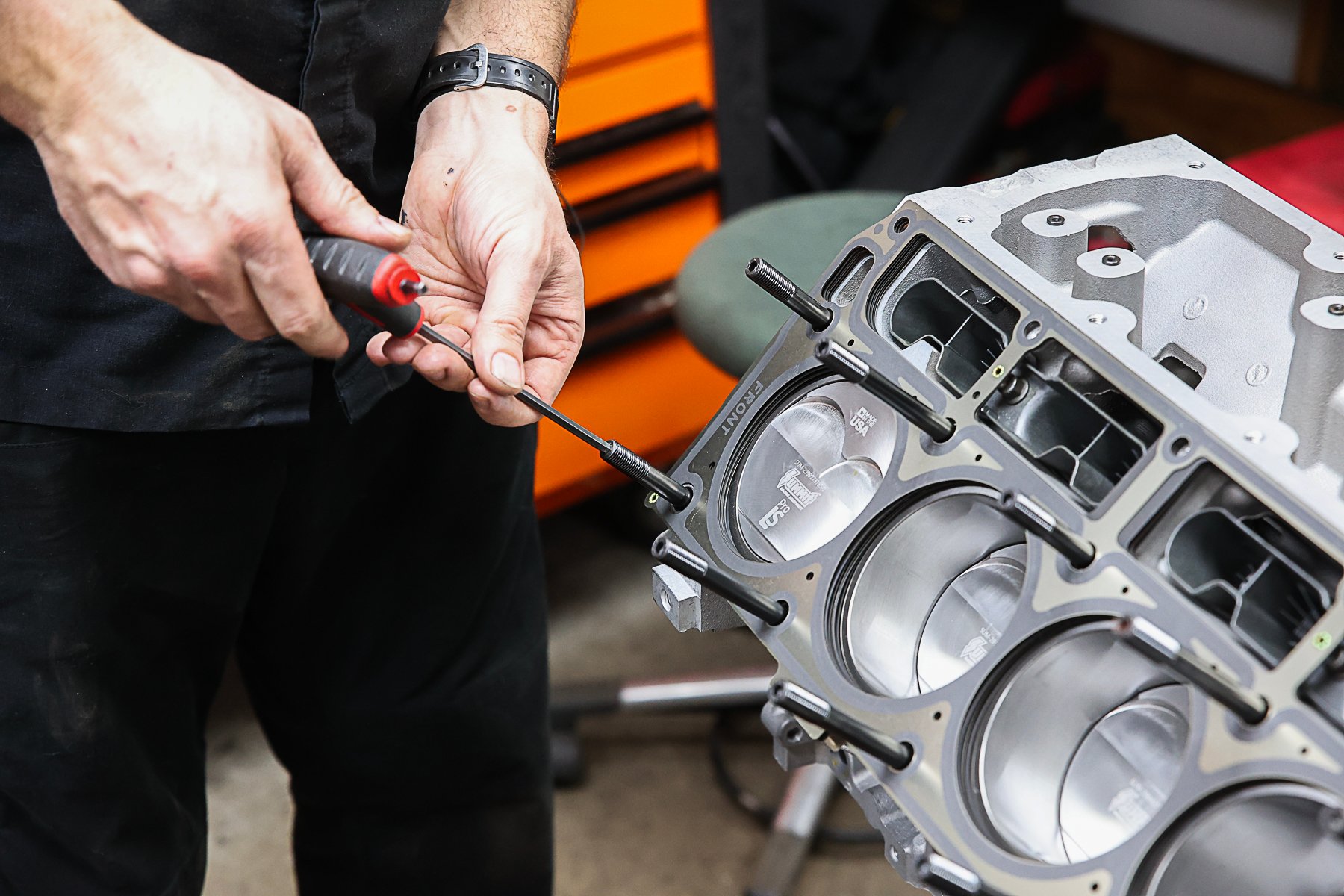Whether it’s a race car or your everyday driver, oil is the lifeblood of your car’s engine. Without it, you won’t make it too far before something comes apart. Your engine’s oil, and the proper amount, makes sure everything stays lubricated, but when that’s not the case, you run the risk of spinning a bearing because of the resulting friction. Then that crank journal really starves for oil, and results in a two-piece crank, and a broken block.
In the past, engines were simpler than they are today, but Driven Racing Oil has the oil we need. These days, with dual overhead cams, variable valve timing, and other advancements in modern engine design, oil has become just as sophisticated as the engines we put it in, and more specific, as well. It’s no longer a one-size-fits-all situation when it comes to properly oiling performance vehicles. Driven Racing Oil has taken the approach of specifically designing oil for whatever engine is in your car, and more importantly, what you’re going to do with it.
Emission Concerns
Driven Racing Oil’s Lake Speed, Jr. tells us that many conventional oils on the market are aimed more towards passenger vehicles and current-day emission standards. “They are making them more and more specific to comply with increasingly stringent EPA and economy standards,” Speed says. These standards are commonly known as API Standards.
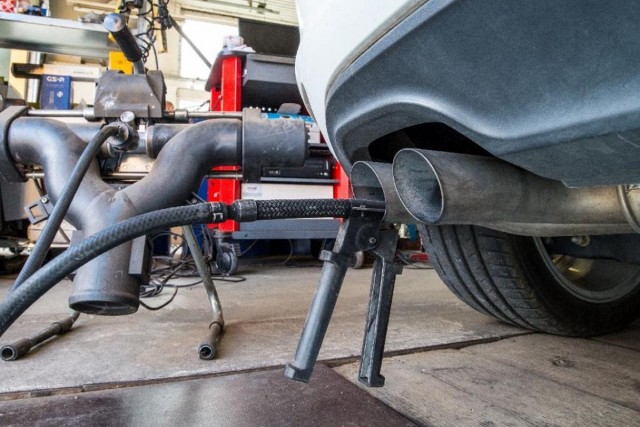
Driven Racing Oil’s Lake Speed, Jr. tells us that conventional oil, and the API standards that come along with it, are aimed at conforming to current, and future emissions standards. They don’t really apply to performance, and especially racing vehicles.
“The moment you take your car to the track, or make modifications, those standards no longer apply,” Speed adds. “The API Standards only go so far; they’re for normal use. For performance enthusiasts, you really want something more than that.”
API Standards are aimed at gasoline or diesel, and do change over time. As enthusiasts, we really don’t need to look at API standards, all we need to do is look at our combination, what we’re going to do with the car, and find an oil that applies to that application.
Specific Applications
With such high-tech engines in cars these days, it makes sense that oil companies have started to make brand- and engine-specific formulas. “Formulating an oil for variable valve timing cars, the oil is also a hydraulic fluid in that application,” Speed says. “The emphasis is on the hydraulic performance of the oil. With a variable valve timing engine you’re not just focusing on an anti-foaming agent. A lot of the new engines use variable valve timing so Driven is building the oil as more of a hydraulic fluid.” Speed says that even with this type of performance oil, it will handle track events, and yet, sustain longer change intervals.
These days enthusiasts like to have oil formulated specifically for their car. Driven Racing Oils keeps these enthusiasts in mind with the FR20 and LS30 formulations. Late-model engines are a lot different than early offerings, and that has also necessitated new formulations to make sure the new engines have the right protection.
One thing that Speed says will reduce oil life is the use of exotic fuels. With the popularity of E85, Speed says these fuel systems can break down the oil’s viscosity. “Two reasons why: One, you’re running a higher air/fuel ratio. Two, the E85 dilutes the oil because all the fuel isn’t getting burned, and some of that fuel is going to end up in the crankcase, which will dilute the oil, and break it down.” This doesn’t seem to be as big an issue with pump gas engines. “If you’re building an oil for a pump gas engine it can be a conventional oil, and be plenty safe,” Speed says.
But, there are also enthusiasts who want an oil designed specifically for their car. They like that an oil has been specially formulated for their particular car. Driven Racing Oil’s formulations play into this, as well. Driven has formulations for Late-Model musclecars, hot rods, and competition engines.
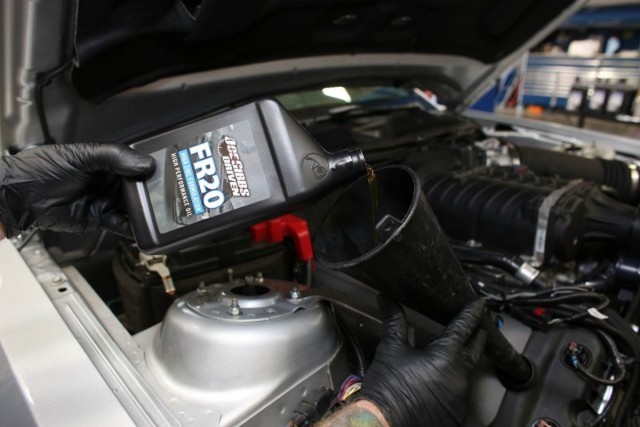
With an FR prefix, it’s easy to guess Driven’s FR20 and FR50 are aimed at Ford modular and Coyote applications. However, the FR20 is also aimed at Late-model Mopar engines, as well.
Late-Model Muscle
Driven’s FR20 is for any vehicle requiring a 5w20 oil, but the company has Ford modular and Chrysler 5.7-liter Hemi engines in the crosshairs with this formula. FR20 is designed to reduce oil consumption by limiting oil vaporization and foaming. Driven says FR20 uses advanced mPAO synthetic base oils aimed at delivering high temperature and high shear protection for Ford modular and Chrysler 5.7-liter Hemi engines with or without VVT. FR20 is excellent for naturally aspirated, supercharged, and turbocharged engines calling for a 5w20 oil, but also says it’s perfect for supercharged Ford modular engines.
“The oil is also a hydraulic fluid in that application,” Speed says.
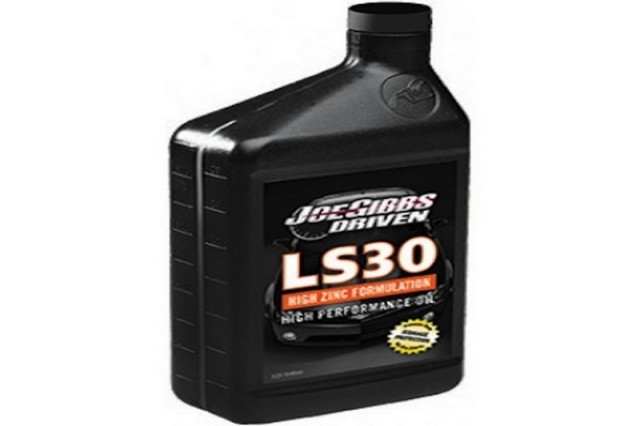
Likewise, with an LS prefix, it doesn’t take a rocket scientist to figure out Driven’s LS30 is aimed at the LS line of engines.
The company hasn’t forgot about the GM crowd. Driven’s LS30 is perfectly-suited for crate, or power adder LS engines calling for a 5W30 viscosity. Like the previously mentioned formulations, LS30 features many of the same aspects of the FR20 and FR50 formulations, but we don’t think any self-respecting LS fan will want anything “FR” in their car.
All the above formulations are designed for use with pump gas, race gas, or E85.
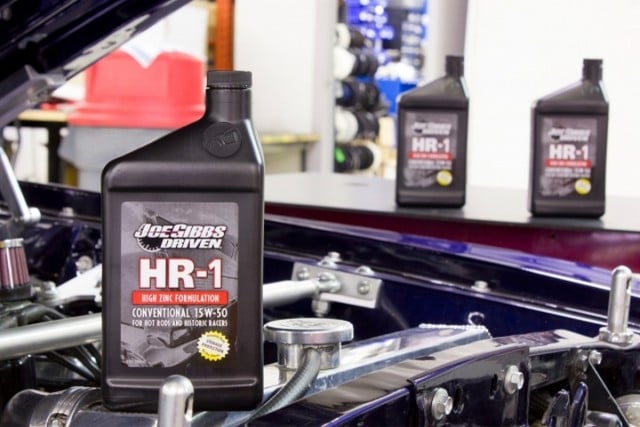
Driven Racing Oil also has a line of oils aimed at the hot rod market. These formulations have additives to with flat-tappet combinations in mind, since many hot rods rely on flat-tappet, small-block Chevrolet, Ford, and Mopar engines.
Hot Rod Engine Oils
For those that don’t have the latest in Detroit muscle, Driven has a full line of hot rod engine oils, in both conventional and synthetic. Also available in a variety of viscosities, this line of oils is designed for hot rods and classic vehicles with flat-tappet, overhead cam, and roller cam combinations. This line also features protection additives if the car is stored for an extended period of time like winter months. Many of these feature military-grade storage protection additives to guard against rust and corrosion during storage. This line includes formulations for small-blocks, big-blocks, street/strip cars, and the like.
Break-In Oil
For a new engine build, like a stroker or crate engine, you still need a break-in oil. There are many who don’t believe in break-in oil, but Speed does. “You need to break in the rings,” he says, even if just a cam or valve train swap, there are still two reasons to run a break in oil. First, the break-in oil provides extra protection during initial start-up. Second, and more importantly, Speed says, “The most important reason to use a break-in oil is that a brand new engine is dirty. There’s a lot of debris in a new engine.”
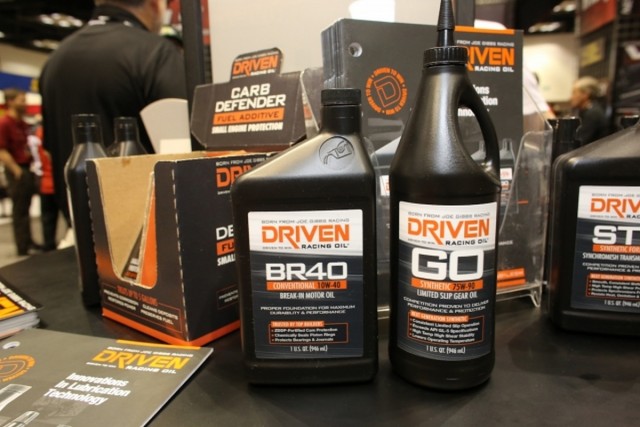
Driven Racing Oil, and engine builders alike, believe in running a break-in oil with new and rebuilt engines. Driven’s break-in oils feature additives to help protect the cam, help break-in the rings, and give your new or rebuilt engine a good start. .
Break-in oils feature ZDDP additives designed to protect the cam, but Driven says it also chemically seals piston rings, and protects bearings and journals during initial start-up. Speed suggests adding the break-in oil, run it for 30 minutes, then change the oil and filter. “You’ll be amazed by what is found in the filter,” Speed says. “No filter catches 100-percent of the debris in an engine, and when you have a brand new engine, that break-in oil is designed to save your engine.”
If you don’t change the oil, that debris is going to stay in your engine, but if you change your oil and filter after break-in, you’ll be getting that debris out. This is very important when it comes to a new engine.
Speed suggests using the same weight break-in oil as you would your combination’s regular oil. Driven has three break-in oil viscosities: 15W50, 10W40, and 5W30. The 15W50 is used by Joe Gibbs Racing for engine break-in, and dyno testing, and features the highest levels of zinc and phosphorous for flat-tappet engines.
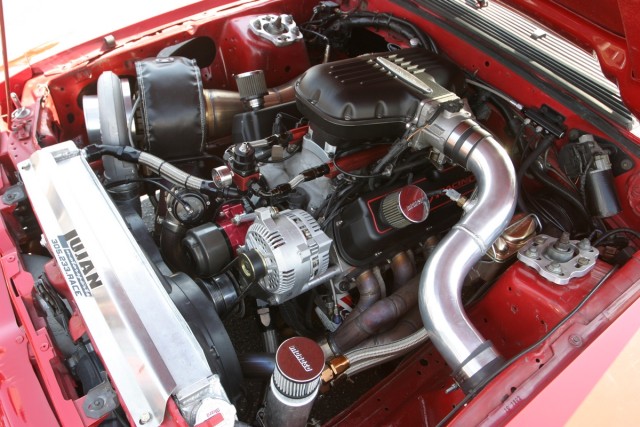
Driven Racing Oil’s line of break-in oils are available for flat-tappet, DOHC combinations, and everything in-between.
The 10W40 is more suited for early musclecars, European cars, and motorcycle engines. It’s perfectly suited for both flat-tappet and aggressive roller valve train combinations. Driven’s BR30 5W30 break-in oil features the same high zinc and phosphorous formula as Driven’s original break-in oil, but in a 5W30 viscosity, which is ideal for tight clearance, and/or a low-temperature break-in procedure.
Driven says the BR30 is perfect for restrictor plate engines, drag race engines, and OEM rebuilds, showing its diversity. The 5W30 is good for initial dyno pulls, a night of racing, or up to 400 miles on the street. Whereas the 15W50 is good for flat-tappet engines, the 5W30 is formulated for hydraulic roller engines like what we have in today’s musclecars.
Oil for Your Application
By this time you should know which Driven oil, or break-in oil is ideal for your specific engine. Regardless of viscosity requirement, or synthetic or conventional formulation, Driven has what you need to make sure you enjoy miles of smiles.


